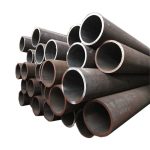
AISI 4140 Alloy Steel pipe | ASTM A29/A29M
June 8, 2024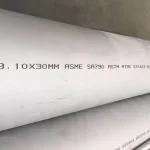
ASME SA790 / ASTM A790 Duplex Steel Pipe | UNS S31803, UNS S32205
June 17, 2024Special Considerations for Installation and Maintenance of EN 10217 Pipes
When dealing with high-temperature or low-temperature applications, several special considerations must be taken into account to ensure the safe and efficient performance of EN 10217 pipes.
High-Temperature Applications
For high-temperature applications, such as those covered by EN 10217-2 and EN 10217-5, the following considerations are crucial:
- Material Selection:
- Use steel grades specifically designed for high-temperature service, such as P235GH, P265GH, or specific alloyed steels.
- Ensure that the material’s creep strength and resistance to oxidation and scaling are suitable for the intended operating temperatures.
- Thermal Expansion:
- Account for thermal expansion and contraction. Install expansion joints or loops to accommodate changes in pipe length due to temperature variations.
- Design supports and hangers to allow for movement and prevent undue stress on the piping system.
- Welding and Joints:
- Use welding techniques that maintain the integrity of the material at high temperatures.
- Preheat and post-weld heat treatment (PWHT) may be necessary to prevent cracking and to relieve residual stresses.
- Insulation:
- Proper insulation is essential to maintain process temperature, protect personnel, and reduce thermal losses.
- Use insulation materials that can withstand the high operating temperatures without degrading.
- Corrosion and Scaling:
- High temperatures can accelerate corrosion and scaling. Consider using protective coatings or corrosion-resistant alloys.
- Regularly inspect and maintain protective coatings.
- Pressure Testing:
- Perform pressure tests at operating temperature conditions to verify the integrity of the system.
- Use appropriate safety measures during testing to handle high-temperature conditions.
Low-Temperature Applications
For low-temperature applications, such as those covered by EN 10217-4, the following considerations are key:
- Material Selection:
- Use steel grades with specified low-temperature properties, such as P215NL or P265NL.
- Ensure the material has good toughness and impact resistance at low temperatures to prevent brittle fracture.
- Brittle Fracture Prevention:
- Low temperatures can increase the risk of brittle fracture. Select materials with adequate Charpy V-notch impact toughness at the lowest expected service temperature.
- Avoid sharp notches, sudden changes in cross-section, and other stress concentrators.
- Welding and Joints:
- Use welding techniques that do not adversely affect the material’s low-temperature toughness.
- Preheat and avoid rapid cooling to minimize the risk of developing brittle zones.
- Insulation:
- Proper insulation is necessary to maintain temperatures and protect the pipe from environmental conditions that could cause condensation and icing.
- Use insulation materials suitable for low-temperature applications.
- Thermal Contraction:
- Account for thermal contraction. Design the system to accommodate shrinkage and avoid excessive stress on joints and supports.
- Use flexible connections where necessary.
- Pressure Testing:
- Conduct pressure tests at the operating temperature to ensure system integrity.
- Use appropriate safety measures when handling low-temperature fluids.
- Condensation and Frost:
- Low temperatures can lead to condensation and frost formation. Ensure proper drainage to prevent water accumulation and freezing.
- Regularly inspect and maintain insulation to prevent moisture ingress.
General Maintenance Considerations
For both high-temperature and low-temperature applications:
- Regular Inspections:
- Conduct regular inspections to detect signs of wear, corrosion, leaks, and other potential issues.
- Use non-destructive testing methods such as ultrasonic testing, radiographic testing, or magnetic particle testing to assess the condition of the pipes.
- Corrosion Protection:
- Apply and maintain protective coatings to prevent corrosion.
- Use cathodic protection where applicable.
- Monitoring and Testing:
- Implement a monitoring system to continually assess operating conditions, including temperature, pressure, and flow rates.
- Schedule periodic testing to ensure the integrity and safety of the piping system.
- Documentation:
- Maintain comprehensive records of all inspections, tests, repairs, and modifications to the piping system.
- Ensure that all maintenance activities are documented and comply with relevant standards and regulations.
By following these special considerations, the installation and maintenance of EN 10217 pipes in high-temperature and low-temperature applications can be effectively managed, ensuring safety, reliability, and longevity of the piping system.

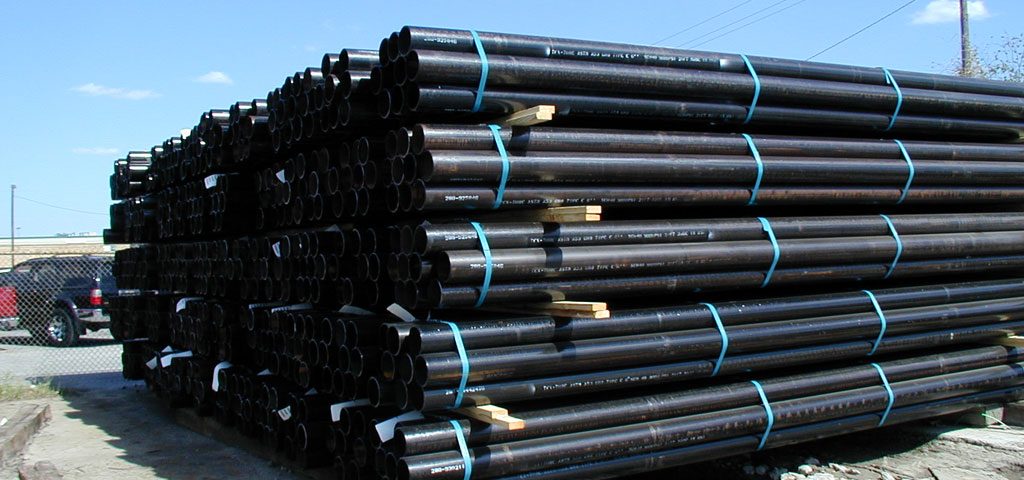
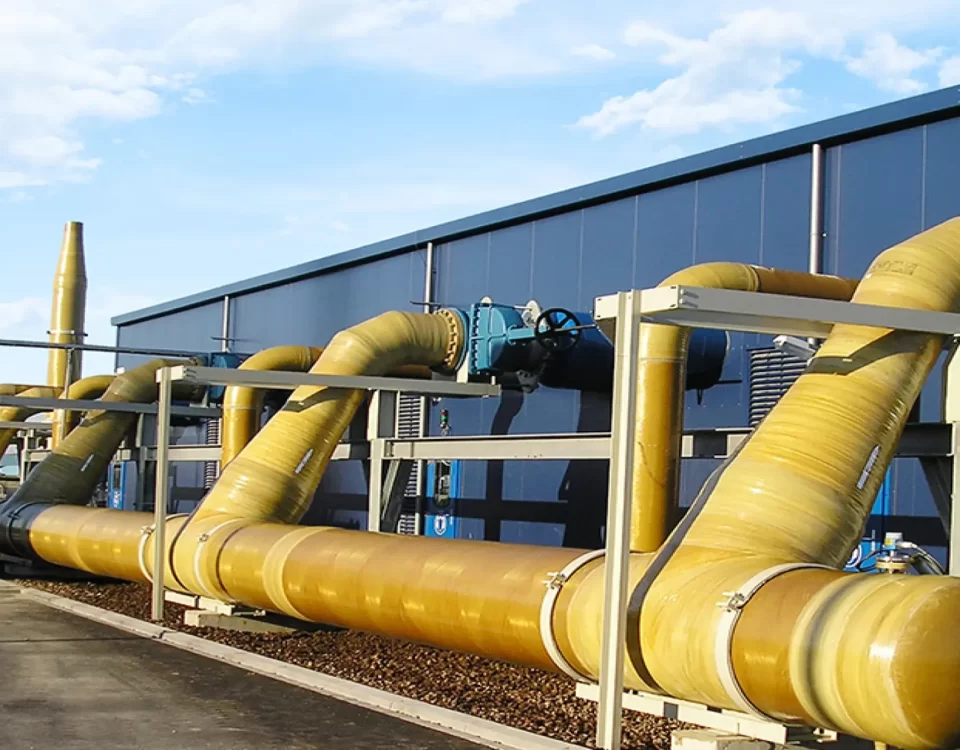
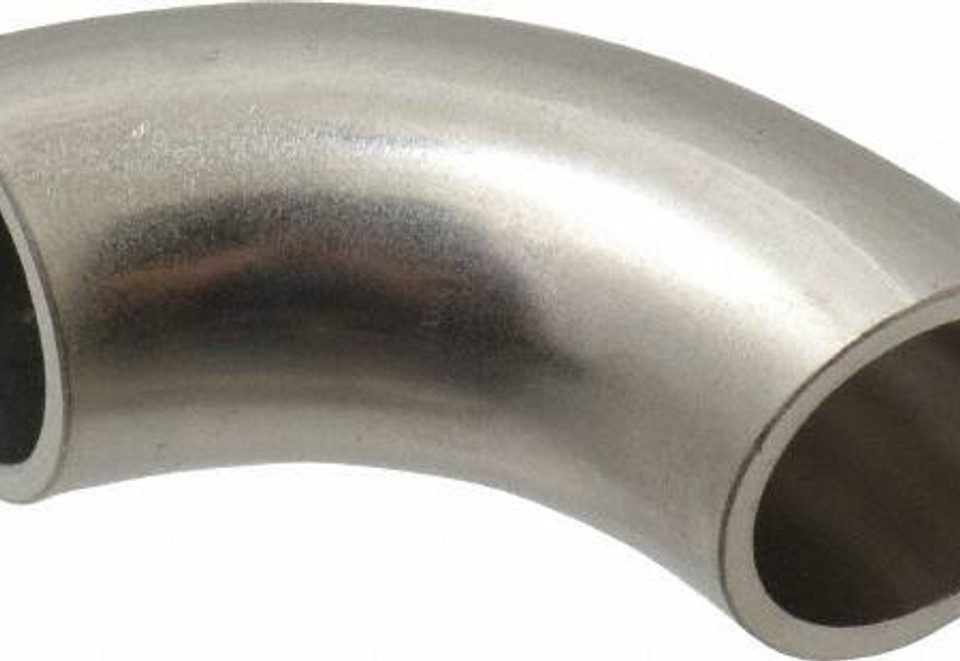
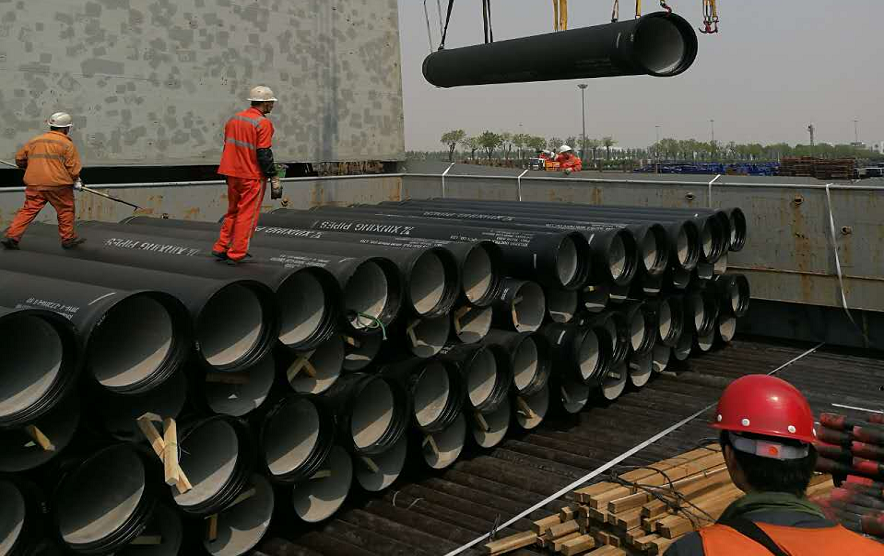
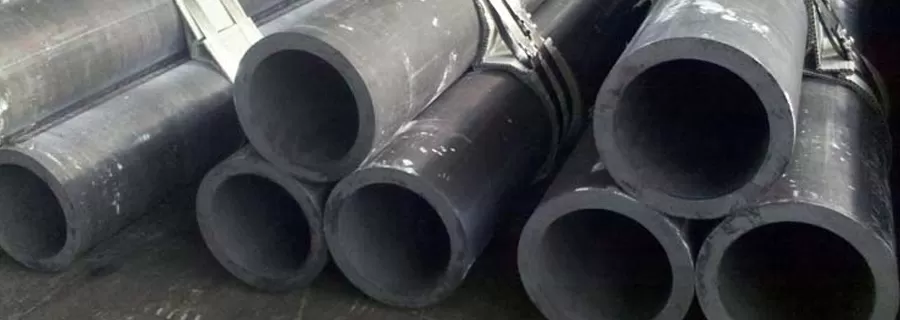
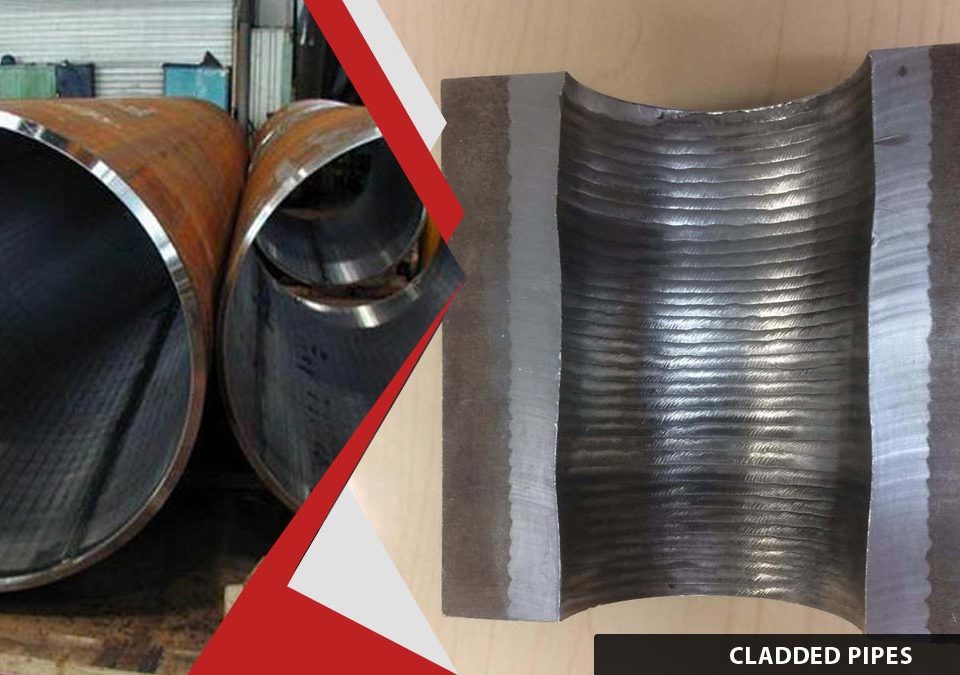
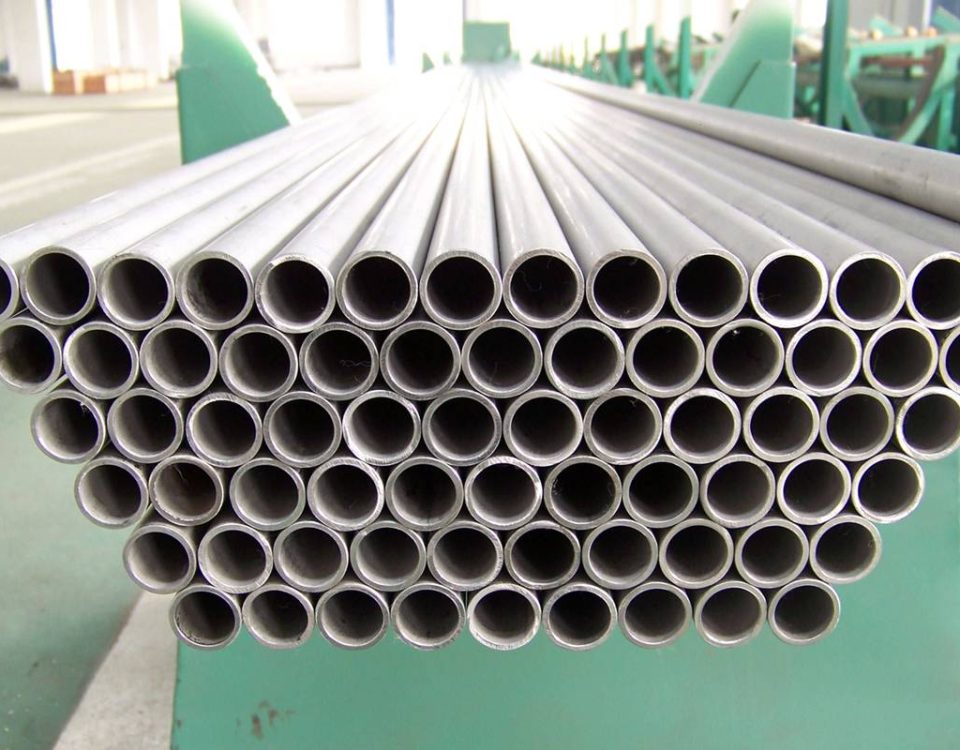
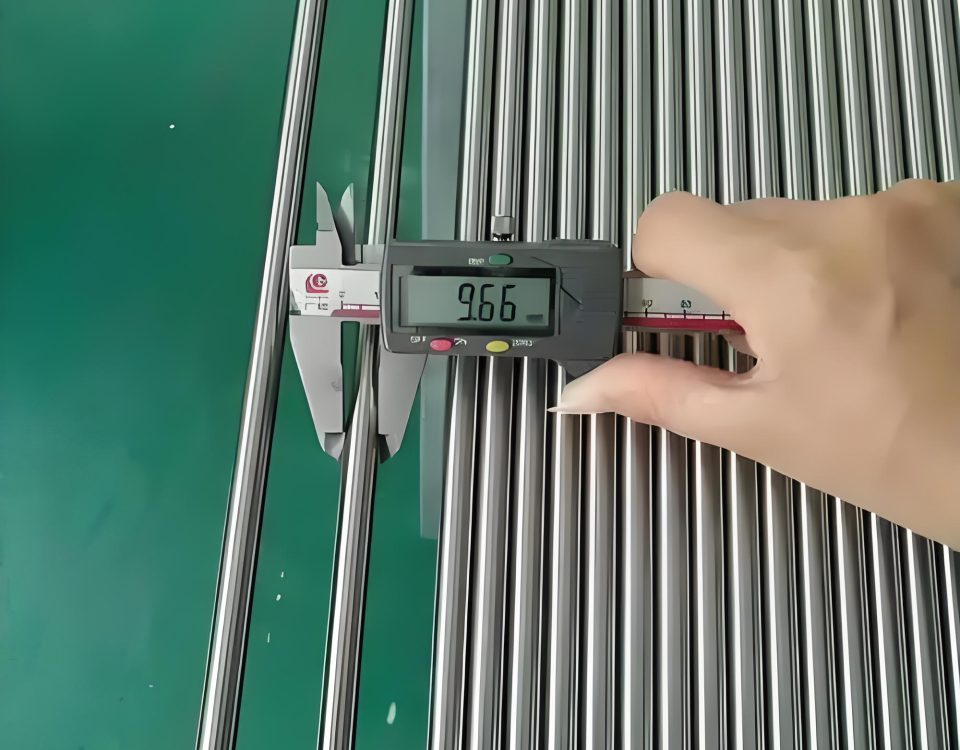
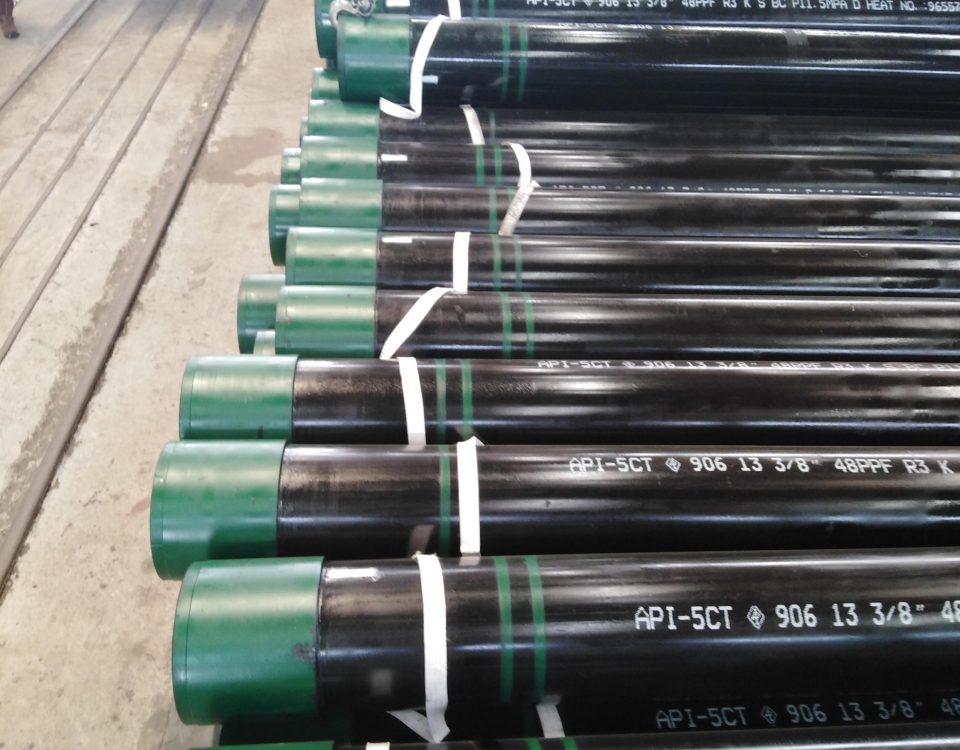
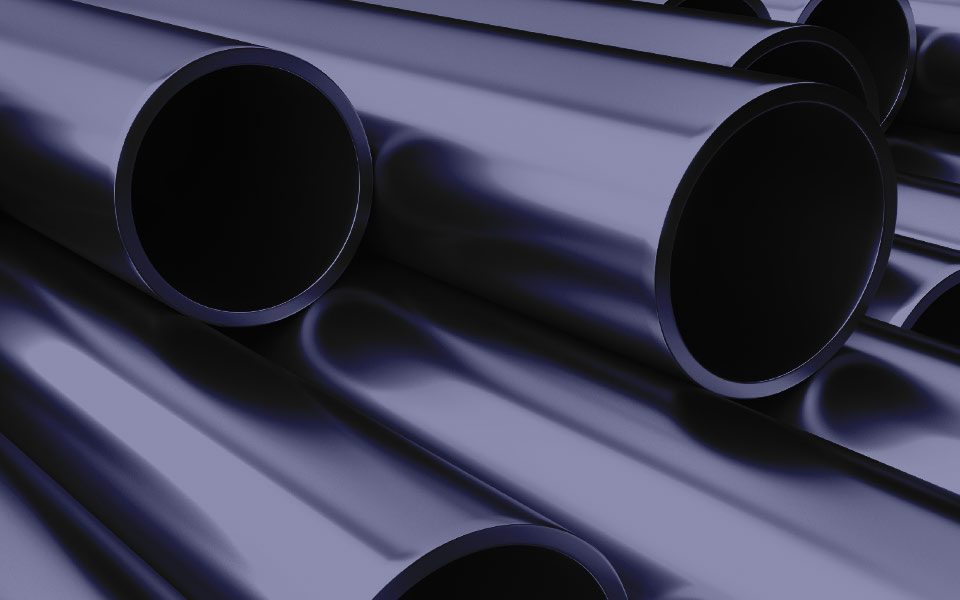
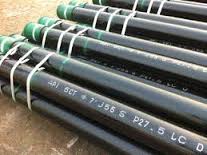
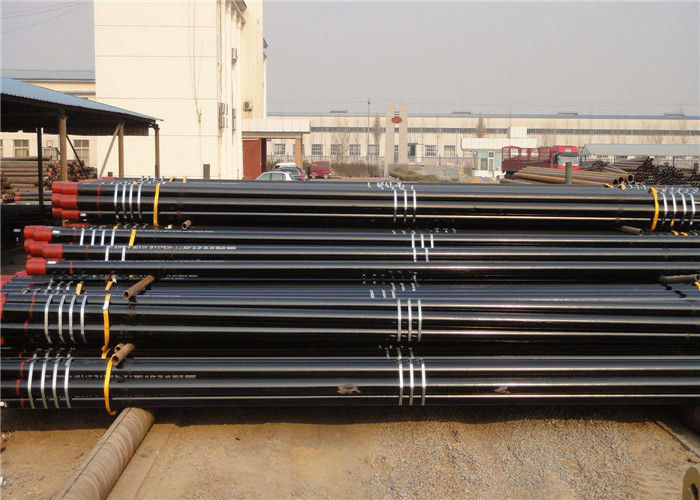
-steel-pipe.jpg)